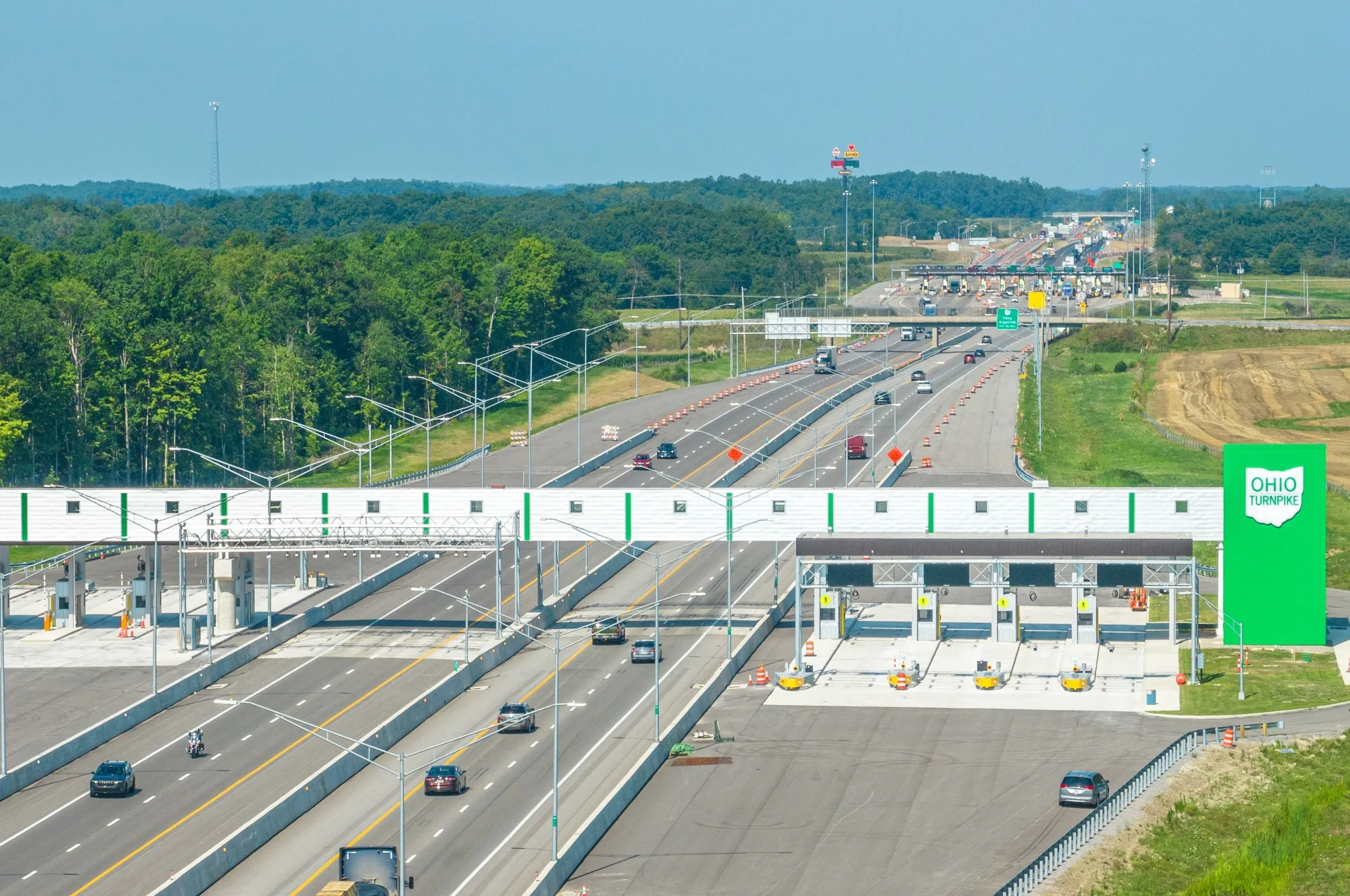ADoT is installing sensors, overhead message boards, variable speed limit signs, speed-feedback signs and closed-circuit cameras along the 10 mile stretch between Eloy and Picacho Peak. The prototype system is expected to begin operating in the coming weeks between mileposts 209 and 219.
Drivers entering this section of the I-10 can already see signs saying Caution: Variable Speed Limit Corridor. This alerts drivers to programmable signs that can instantly reduce the legal speed limit, ADoT says.
The variable speed limit signs are placed every 1,000 feet for the first mile in each direction and then every two miles can change from 75mph to 35mph when there is blowing dust.
Electronic message boards placed five miles apart will alert drivers to the dust, while ADoT traffic operators can use overhead message boards on the way towards the detection zone to warn drivers of potentially hazardous conditions.
Closed-circuit cameras will allow staff at ADoT’s traffic operations centre in Phoenix to see the real-time conditions on the roadway, while in-pavement sensors will report the speed and flow of traffic.
The system’s weather radar will be mounted on a 20-foot tower at the State Route 87 interchange in Elroy - which ADoT says can detect storms more than 40 miles away. It will work with 13 sensors mounted on posts next to the freeway that use beams of light to determine the density of dust particles in the air.
The $6.5 million system is partly funded by a $54 million federal Fastlane grant that ADoT received for I-10 projects to widen stretches between Eloy and Picacho and Interstate 8 in the city of Casa Grande to three lanes in each direction.
Despite the system, ADoT recommends that drivers avoid travelling if a severe storm is imminent. A motorist should pull far off the roadway, turn off their lights and remove their foot from the brake if caught in a sudden dust storm in or beyond the pilot area, ADoT adds.
Arizona DoT trials dust-warning system along I-10
Arizona Department of Transportation (ADoT) has developed a system to tell drivers to slow down on part of Interstate 10 (I-10) where blowing dust reduces visibility.
November 21, 2019
Read time: 2 mins








